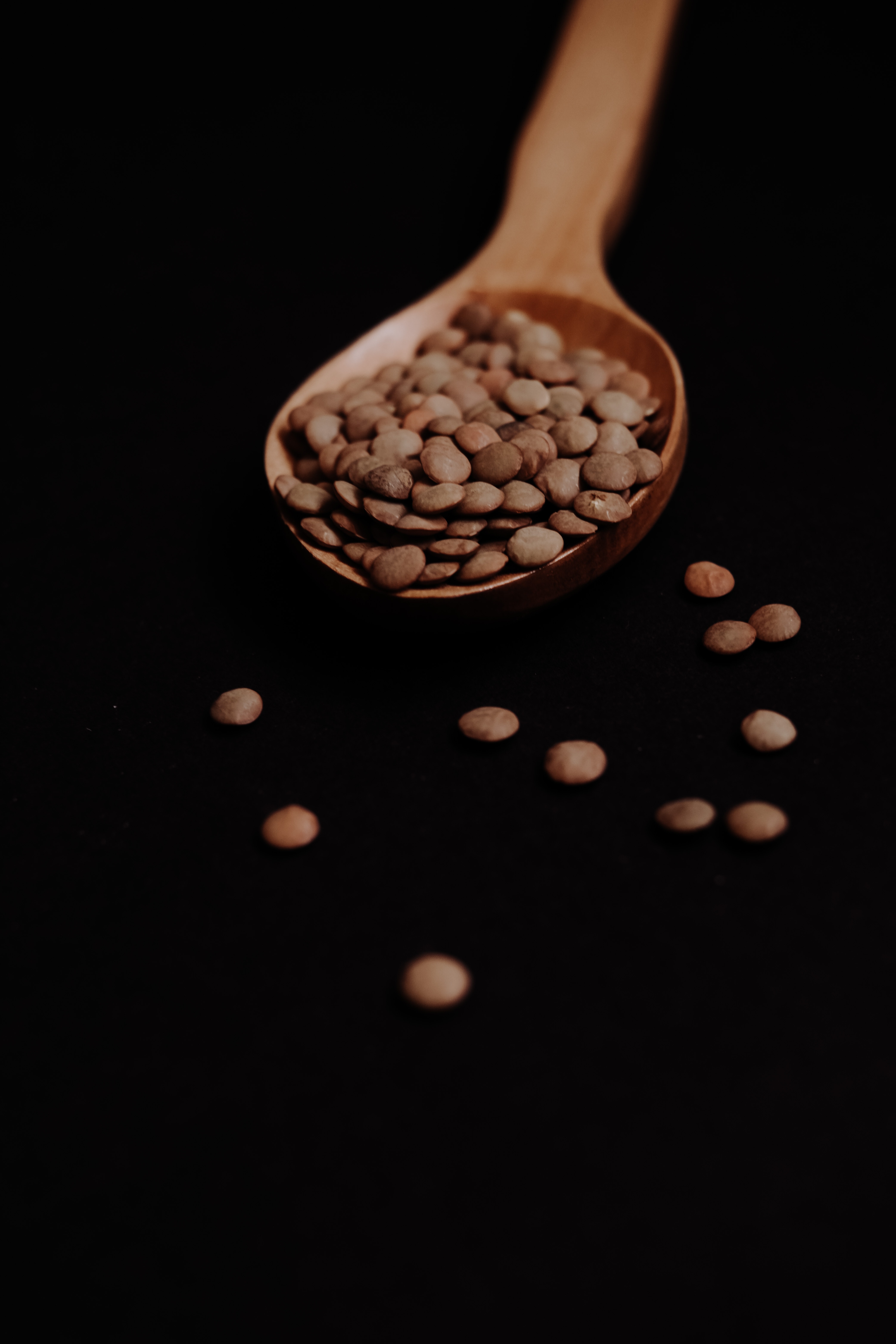Meet Lentils, a Humble & Healthy Superfood
Published by
CONTRAVE Care Team
on
The wellness community tends to go through cycles of superfoods, adopting flashy new foods like acai berries or matcha in their search for new delicious and healthy ingredients. But sometimes the best “superfoods” to support our weight loss goals are the simple staples that have been on our grocery store shelves and cookbooks forever. Meet our featured humble but hearty secret superfood—the lentil.
Lentils are a type of legume
A culinary cousin of other legumes like beans and chickpeas, lentils are dietary heroes that pack a punch of nutrients such as protein, iron, zinc, and potassium. They come in several varieties and colors, including green lentils, red lentils, and black lentils (which resemble little spheres of caviar). Each type of lentil is slightly different when it comes to cooking times but they are all equally delicious.
Lentils can support weight-loss goals
Lentils are low in fat, full of fiber, and low in net carbs (total grams of carbohydrates minus grams of dietary fiber). Because of its high levels of fiber, your body will break down lentils slowly, which may help you feel fuller longer and support balanced blood sugar as well as help with regularity.
Lentils are versatile
Lentils can be found all over the world, with each culture infusing the legume into its own style of dishes. From soul-warming South American soups to fresh Mediterranean salads to colorful Indian daals, lentils are nothing short of a worldwide phenomenon. Advanced lentil users may even explore using lentils to create their own veggie patties for a healthy plant-based burger.
Lentils are affordable and shelf-stable
Break out the cute pantry organizers—dried lentils can be bought in bulk and kept in stock for a virtually indefinite length of time. They cook faster than beans, and unlike dried beans (another shelf-stable hero), you don’t need to soak lentils for hours in advance to prep them. Just simmer them in water or broth for 20-30 minutes (depending on the lentil type) and you’re good to go.
Ready to give lentils a try? Check out our healthy and nutritious recipe below.
Spring Lentil Salad Recipe
The lentil recipe possibilities are nearly endless, but we think you'll love this Mediterranean-inspired salad that combines lentils and your favorite greens, nuts, and other salad toppings.
- Start with a bunch of your favorite hearty greens (such as kale, spinach, arugula, or chard).
- Create a simple homemade dressing of olive oil, lemon juice, salt, pepper, cumin, and red pepper flakes. Make sure to massage your dressing into your greens to soften them up a bit.
- Add ½-1 cup of cooked green or black lentils (which can be easily cooked ahead of time or found premade in your favorite grocery store) and toss your salad.
- Chop and add scallions, garlic, and olives.
- Top with crumbled feta and your favorite dry salad toppings (such as slivered almonds, pepitas, dried craisins, etc).
- Enjoy!
NOTE: Lentils—like with other legumes and/or high-fiber foods, may cause bloating after eating a large amount. This can be especially true if you’re still getting used to the increased fiber in your diet. Drink a glass of water when you eat lentils (or any other high-fiber food) to keep everything moving and avoid bloating.
CON-1606-001 03/23

